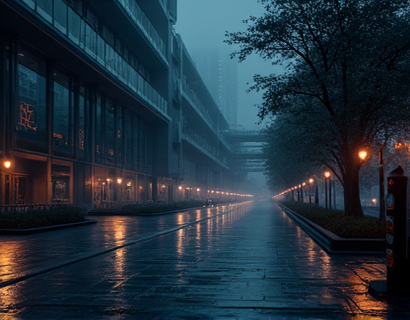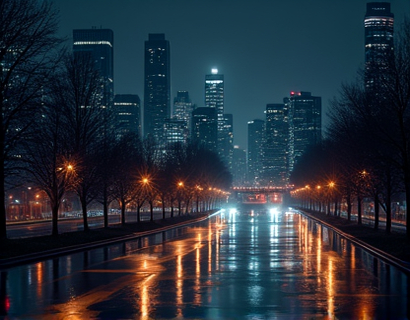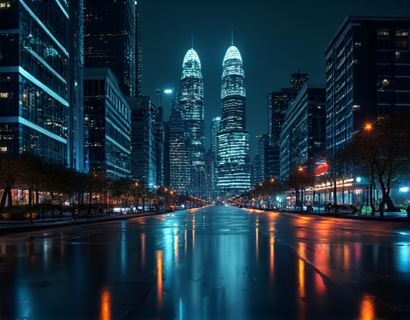Ultimate Travel Guide to the Cultural Heritage, Historical Sites, and Local Insights of the Ancient Indus Valley
The Indus Valley, a cradle of one of the world's oldest civilizations, beckons travelers and history enthusiasts with its rich tapestry of cultural heritage and historical landmarks. This comprehensive guide delves deep into the heart of this ancient region, offering detailed insights and practical travel tips to ensure an enriching and unforgettable journey. From the bustling streets of modern cities to the serene ruins of ancient settlements, the Indus Valley promises a unique blend of past and present.
Historical Background and Significance
The Indus Valley Civilization, dating back to around 3300 BCE, is one of the earliest urban civilizations alongside those of Mesopotamia and Egypt. Spanning across present-day Pakistan and northwestern India, this civilization thrived for over a millennium, leaving behind a legacy of sophisticated urban planning, advanced water management systems, and intricate craftsmanship. The cities of Harappa and Mohenjo-Daro, now UNESCO World Heritage Sites, stand as testaments to the ingenuity and organizational skills of the Indus people.
The civilization's decline around 1300 BCE remains a subject of intrigue, with theories ranging from climate change to invasions. Despite the passage of millennia, the Indus Valley's influence is still palpable in the region's architecture, art, and even the local languages. Visiting these ancient sites offers a profound connection to the roots of South Asian culture and history.
Must-Visit Historical Sites
Starting your journey in Mohenjo-Daro, one of the most impressive cities of the Indus Valley, is a must. Located in the Sindh province of Pakistan, Mohenjo-Daro is renowned for its well-planned streets, advanced drainage systems, and the iconic Great Bath, a structure believed to have been used for ritual purification. The site's museum houses an array of artifacts, including seals, pottery, and jewelry, providing a glimpse into the daily life of its ancient inhabitants.
Next, Harappa in Punjab, Pakistan, offers a similar experience. This site is notable for its granaries, which suggest a highly organized agricultural system. The city's central marketplace and the impressive stone platform, possibly a public building, are highlights. The Harappa Museum complements the site visit with exhibits that contextualize the findings.
In India, Kalibangan in Rajasthan is another significant site. Known for its early evidence of wheel-made pottery and a sophisticated drainage system, Kalibangan also features a unique fire altars and a large public bath. The site provides a comprehensive understanding of the urban planning and social structure of the Indus people.
Cultural Heritage and Local Traditions
Beyond the archaeological sites, the Indus Valley region is a living testament to the enduring cultural heritage of the area. The local cuisine, a fusion of Punjabi, Sindhi, and Balochi influences, offers a delightful culinary experience. Dishes like bhaji, a spicy vegetable fritter, and seekh kebab, marinated meat skewers, are must-tries. The region is also famous for its sweets, such as gulab jamun and jalebi, which are best enjoyed at local street stalls.
Traditional crafts continue to thrive, with artisans in cities like Lahore and Multan producing exquisite pottery, textiles, and metalwork. Visiting a local market or workshop provides insight into these age-old practices. The intricate embroidery of Sindhi shalwar kameez and the vibrant colors of handloomed fabrics are particularly noteworthy.
Music and dance are integral to the local culture, with classical forms like Qawwali and Kathak being popular. Attending a live performance, whether in a traditional setting or a modern venue, offers a captivating experience. The region's festivals, such as the Basant festival in Punjab, celebrate the arrival of spring with colorful processions, music, and dance.
Practical Travel Tips
Planning a trip to the Indus Valley requires some preparation to ensure a smooth and enjoyable experience. Best Time to Visit: The cooler months from October to March are ideal, with temperatures ranging from 10°C to 25°C, making outdoor exploration comfortable.
Getting There: The region is well-connected by air, with Lahore and Karachi serving as major entry points. From there, local trains and buses offer affordable and scenic routes to the historical sites. For a more personalized experience, hiring a private car or joining a guided tour is recommended.
Accommodation: From luxury hotels to budget-friendly guesthouses, accommodation options cater to all preferences. In historical cities, staying in a local guesthouse can provide a more authentic experience, with many offering home-cooked meals and cultural insights.
Local Etiquette: Respecting local customs and traditions is crucial. Dress modestly when visiting religious sites, and always ask permission before taking photographs of people. Learning a few basic phrases in Urdu or Punjabi can go a long way in endearing you to the locals.
Health and Safety: Ensure you have all necessary vaccinations before traveling. Drinking bottled water and eating at reputable establishments minimizes health risks. Stay hydrated and use sunscreen to protect against the sun.
Hidden Gems and Local Attractions
While the major sites are impressive, the Indus Valley offers numerous hidden gems that are often overlooked by tourists. In Lahore, the Shalimar Gardens, a Mughal-era paradise, provide a serene escape with their symmetrical layout and fountains. The Lahore Fort, a UNESCO World Heritage Site, showcases a blend of architectural styles and houses the famous Shalimar Garden Museum.
In Multan, the Data Ganj Baksh Shrine is a significant Sufi site, attracting pilgrims and tourists alike. The shrine's tranquil atmosphere and the surrounding bazaars offer a glimpse into local life. The Multan Fort, with its imposing walls and towers, is another must-see, providing panoramic views of the city.
For nature enthusiasts, a visit to the Cholistan Desert in Pakistan or the Thar Desert in India offers a unique experience. The desert's vast dunes and nomadic tribes provide a stark contrast to the ancient cities. Camel rides and traditional desert camps offer a taste of the region's rugged beauty.
Conclusion
The Indus Valley is a treasure trove of history, culture, and natural beauty, offering an enriching experience for every traveler. From the ancient ruins that whisper tales of a bygone era to the vibrant local traditions that continue to thrive, this region has something for everyone. Whether you are a history buff, a culture enthusiast, or simply seeking a unique travel adventure, the Indus Valley promises an unforgettable journey. Embrace the opportunity to walk in the footsteps of a civilization that shaped the course of human history.










































